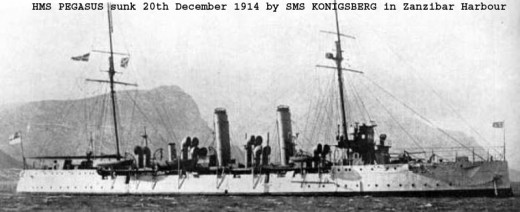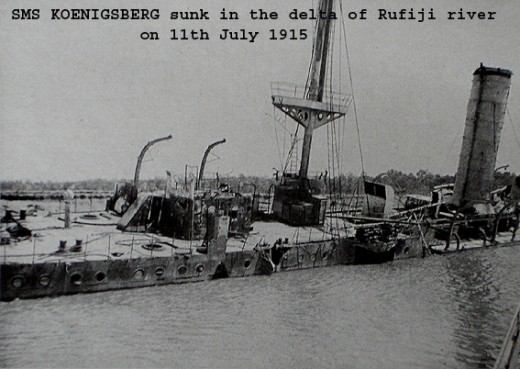ON SHIPWRECKS AND TREASURES
Shipwrecks have always fascinated us. It conjures up vision of lost treasures, pirates and adventure. We all know the story of HMS BOUNTY, and how the mutineers sank the ship off Pitcairn islands in 1790. But there were many other ships which sank in the Eastern Hemisphere about which we know very little. In fact HMS PANDORA, the British warship which arrested the mutineers of HMS BOUNTY sank in North Eastern Australia in 1791.
Shipwrecks in the Eastern hemisphere date as far back as the 10 century, and some strangely enough were found on land. QUANZHOU ship for example is one such case. It was found in Fujian province, China in 1974 and it contained coins of the Song dynasty (960-1279 AD)
The greatest shipwreck must have been KUBLAI KHAN'S fleet which was wrecked probably in 1274 due to a storm. About 100,000 soldiers who were heading to attack Japan perished in this disaster.
The SHINAN wreck which sank probably in 1323 AD had about 7 million Chinese copper coins and weighed about 28 tons.
But it was FLOR DO MAR which brings to our images of lost treasures. This Portuguese ship which sank off the coast of Malacca in 1511 AD had 60 tons of gold! A good place for treasure hunters to go because, it is still intact. But there is a catch. The treasure is bogged down by 15 m of sediments.
Pieces of eight silver coins, which evoke memories of Stevenson's TREASURE ISLAND, were found in plenty in the Dutch ship VERGULDE DRAECK which sank in 1629 while heading for Batavia.
Another wreck which may interest treasure hunters is that of ‘Nuestra Senora del Pilar de Saragoza y Santiago'. This Spanish ship loaded with silver and gold sank in 1690 at the southern reef of Cocos Island. The treasure has still not been located.
Another shipwreck with lost gold is closer to our times. The YAMASHITA GOLD TRANSPORT which sank off the coast of Philippines during the Second World War contains gold which has not been recovered. Ship wrecks will never cease to interest us.













